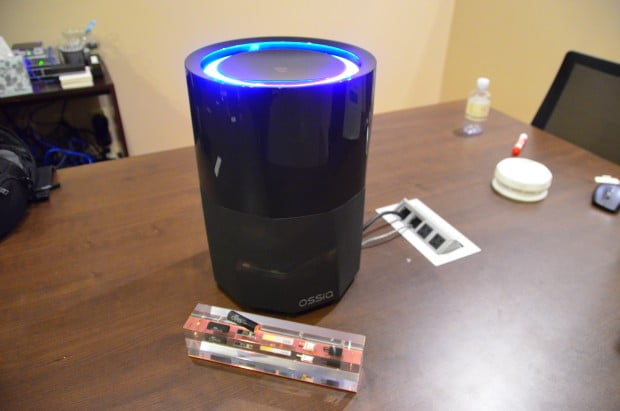Wireless Power
Wireless Power is one of the big topics for future electronics power. Cota is one of the players but there are plenty more wanting to be part of this emerging technology area.
The main issue is not just charging devices in cradles, but charging them wherever they are. Even moving. So how does that work?
Wireless Power in 2016
Finally we have details on this crucial question. At the USA CES 2016 show we have input from multiple companies. One writer concluded that Wireless Power is the hot topic for CES 2016.
Ossia‘s Cota technology is still a leading contender and has several reasons for this. The key point is that devices wanting power broadcast their intent and the transmitter uses multiple antennas to record the incoming request and then beam form a power send based on the request back to the requesting device. The use of multiple antennas means the power density is kept to an acceptably low level until the power converges on the requesting antenna.
If the request rate is 100Hz then you have to be moving pretty fast to not get power from a system like this.
The drawback, is a 12.5% power transfer efficiency at best. Even so, for low power devices or Internet of Things (IoT) devices this means you might be able to operate on rechargeable batteries without any wires or other charging schemes.
The other 2 major contenders are uBeam and Energous and it is still to be seen which technology will ultimately prove the most adaptable.
Successful Endeavours specialise in Electronics Design and Embedded Software Development. Ray Keefe has developed market leading electronics products in Australia for nearly 30 years. This post is Copyright © 2016 Successful Endeavours Pty Ltd.




